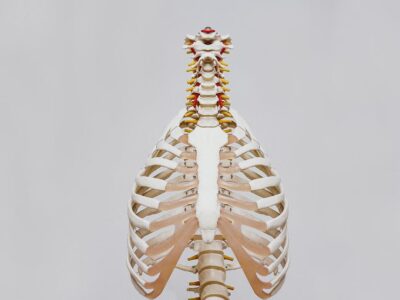Enteral and parenteral nutrition: The differences explained
Years ago, the options were slim for those patients who couldn’t consume foods orthodoxly through the mouth. Now, things have changed and generally patients are provided with two options; enteral and parenteral nutrition.
Most people are under the wrongful assumption that the two options are the same. While they are effectively treating the same problem, they are used completely differently and are designed for different types of patients.

To highlight the differences, the following guide will now mull over both options.
How do the two procedures differ?
Let’s start by first taking a look at each procedure in detail.
Enteral nutrition refers to feeding which uses the gastrointestinal tract. This is usually done by equipment such as Kangaroo feeding pumps, which allow the food to be delivered efficiently. A patient doesn’t necessarily have to have all of their calories delivered in this way; some people will just have some of them. In relation to the latter, it’s not unheard of for patients of this type to still make use of an oral diet.
Parenteral nutrition on the other hand is much different. While food might not be consumed via the mouth, it is being delivered into the body via a vein rather than the gastrointestinal tract. Unsurprisingly, nutrients delivered this way are in slightly different form and may just be like an intravenous solution containing the required concoction.
When is enteral nutrition preferred over parenteral?
If you have conducted any sort of research on the two types of nutrition you will have probably come to the conclusion that the enteral form is much more preferred if possible.
In fact, one of the main reasons why parenteral nutrition is chosen is if the GI tract isn’t working and suffice to say, this can be something of a rarity.
By taking advantage of enteral nutrition, the patient is putting his or her body through a process which almost mimics the “standard” eating system. While food is not entering the mouth and being chewed, it is at least being put through the stomach. It’s also not uncommon for patients to be given short-term enteral nutrition through a tube in the nose. This is quite common in those patients who have suffered a stroke and, for the time being at least, are struggling to swallow.
A summary on the two procedures
In summary, the differences between the two forms of nutrition are quite easy to grasp. One involves nutrients being delivered into the vein, while the other is slightly more natural and results in food being directed into the stomach.
As the above has shown, enteral nutrition is always preferred as this at least allows the patient’s stomach to react in the same way it would if normal food was being consumed. However, considering the fact that this method of feeding relies so heavily on the GI tract, there is always going to be a place for parenteral nutrition which doesn’t need this tract to be functioning.













